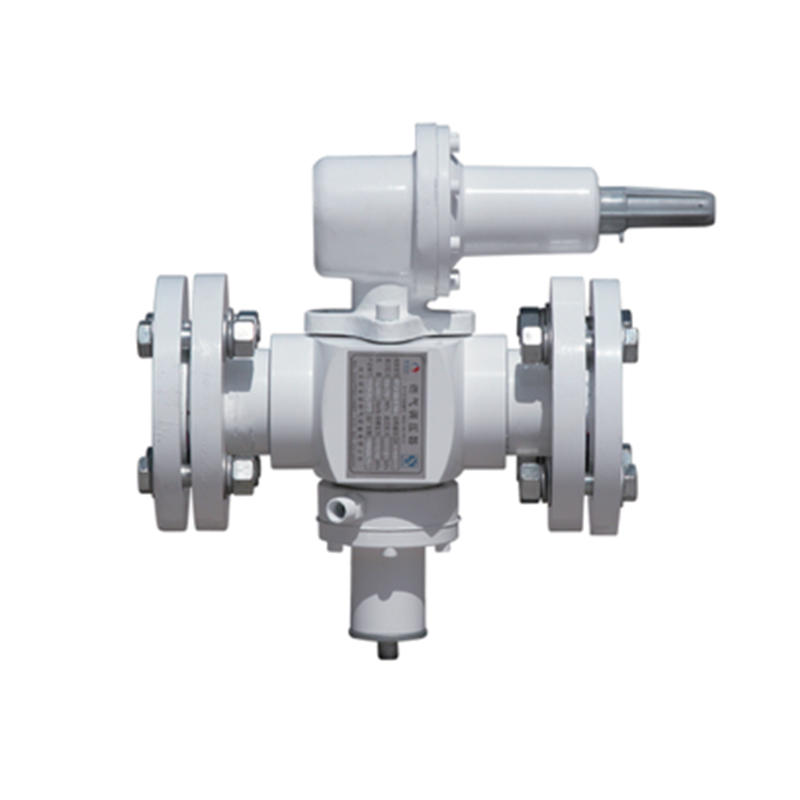
8 月 . 11, 2024 00:00
Back to list
Innovative Design and Applications of Gas Heat Exchangers in Modern Industrial Processes
Understanding Gas Heat Exchangers Principles and Applications
Gas heat exchangers are critical components in various industries, serving a fundamental role in enhancing energy efficiency and heat recovery processes. These devices transfer heat from one gas stream to another, enabling the efficient management of thermal energy in systems ranging from power generation to industrial processes.
Principle of Operation
At its core, a gas heat exchanger operates on the principles of thermodynamics, utilizing conduction, convection, and sometimes radiation to transfer heat. The basic configuration involves two gases flowing at different temperatures—one hot and the other cold. As these gases pass through the exchanger, heat is transferred from the hot gas to the cold gas without the two streams mixing. This process not only improves energy efficiency but also helps in reducing overall energy costs and minimizing environmental impact.
Types of Gas Heat Exchangers
Gas heat exchangers come in various designs, each suited for specific applications. The most common types include
1. Plate Heat Exchangers Made up of multiple thin plates stacked together, these are efficient due to their large surface area and compact design. They are particularly useful in applications requiring high heat transfer efficiency in a limited space.
2. Shell and Tube Heat Exchangers This design consists of a series of tubes, one set carrying the hot gas and the other the cold gas. This type is robust and is often used in larger-scale industrial applications where significant heat transfer is required.
3. Air-to-Gas Heat Exchangers These are specifically designed to transfer heat between air and gas, common in HVAC systems and during the combustion process in engines and turbines.
gas heat exchanger

Each type of gas heat exchanger has its advantages and disadvantages, often determined by factors such as space constraints, the volume of gases involved, and the desired efficiency levels
.Applications in Industry
Gas heat exchangers play a vital role across a range of industries. In the power generation sector, they are used to recover waste heat from exhaust gases, significantly improving the overall thermal efficiency of power plants. For instance, in combined cycle gas plants, gas heat exchangers contribute to the regenerative process, capturing heat from the high-temperature gas before it exits the turbine.
In the manufacturing industry, these devices are utilized for various purposes, including drying, heating, and cooling applications. They aid in energy conservation measures by recycling heat, thus reducing the need for additional fuel or energy input.
The automotive industry also relies on gas heat exchangers, particularly in turbocharged engines, where they improve the engine's overall efficiency by recovering exhaust heat to preheat the intake air.
Environmental Benefits
Another significant advantage of gas heat exchangers is their ability to reduce greenhouse gas emissions. By enhancing energy efficiency and lowering fuel consumption, these systems contribute to a more sustainable approach to energy use. As industries worldwide strive to meet stricter environmental regulations and goals, gas heat exchangers become increasingly valuable in achieving these objectives.
Conclusion
Gas heat exchangers are indispensable in modern engineering applications, providing effective solutions for heat transfer and energy conservation. Their diverse designs and adaptability to various industrial needs underscore their importance in promoting efficiency and sustainability. As technology advances, the innovation in gas heat exchanger designs will continue to pave the way for optimized energy use and reduced environmental impact, making them a crucial element in the global push for greener technologies.
Latest news
-
Unlocking The Quality Gas Pressure ReducersNewsNov.01,2024
-
The Role of Gas Pressure Reducing StationsNewsNov.01,2024
-
The Importance and Functionality of Safety Relief ValvesNewsNov.01,2024
-
The Essential Role of Safety Valves in Natural Gas ApplicationsNewsNov.01,2024
-
The Essential Role of Gas Pressure RegulatorsNewsNov.01,2024
-
Enhance Your Premium Gas FiltersNewsNov.01,2024

